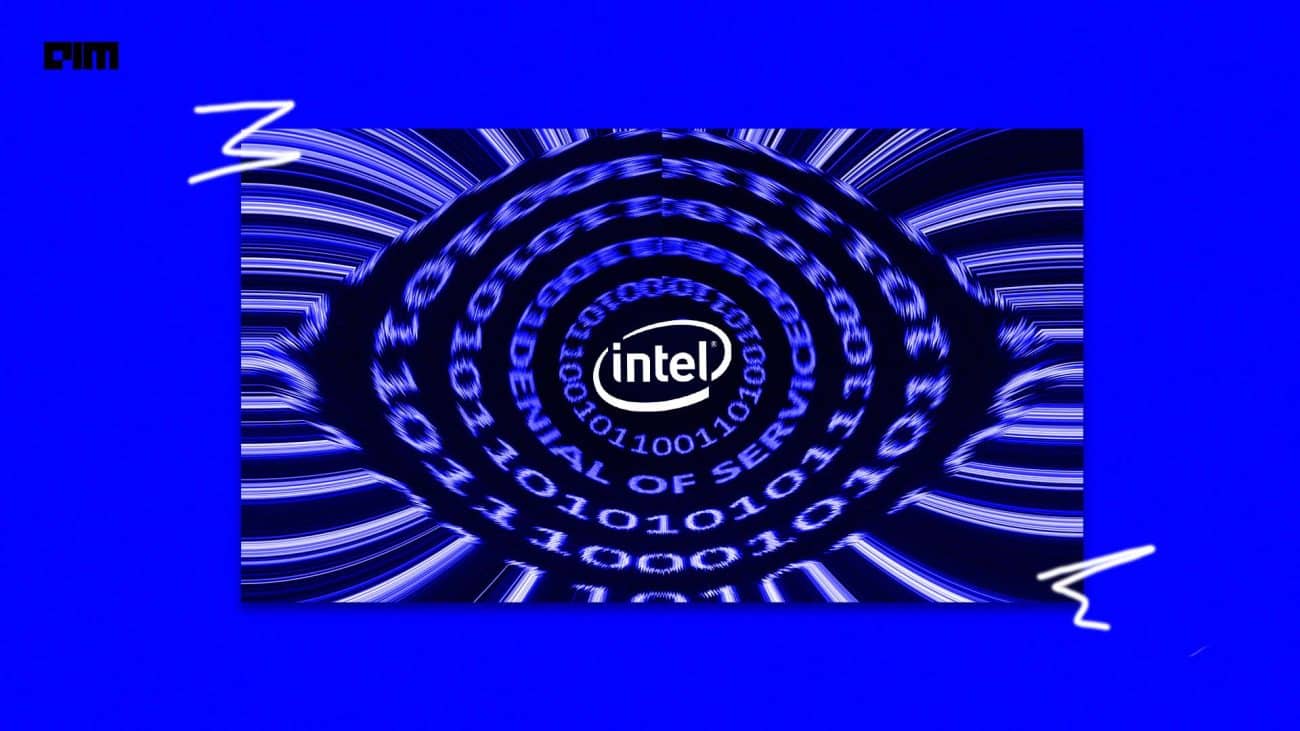Researchers at Princeton Lightwave Lab and NEC Laboratory America have built a real-time neural network on an integrated photonic chip, enabled by silicon photonics. The technology could be useful for a trans-pacific transmission link of upto 10,000 km and could help to overcome the adverse effects of fibre nonlinearity. This is an excellent case of how photonics outperforms electronics in AI applications.
Limitations of DSP
Existing communication networks of fixed-line, wireless infrastructure, and data centres are heavily dependent on optical communication systems, which transfer information optically via fibres. In the past decade, the growth of the internet has largely been supported by a technique called digital signal processing (DSP), which can reduce transmission distortions. However, DSP is implemented using CMOS integrated circuits (ICs) and has reached its limits in terms of power dissipation, density, and engineering solutions–going by Moore’s Law.
Therefore, distortions caused by fibre nonlinearity cannot be compensated by DSP since this would require too much computation power and resources. Therefore, fibre nonlinearity remains the major limiting factor in long-distance transmission systems.
InnerWorkings
Chaoran Huang, a researcher at NEC Laboratories America, Inc. and her colleagues, developed a photonic neural network based on high-performance waveguides and photonic devices, including photodetectors and modulators originally intended for optical communications. An optical modulator converts electrical photocurrent into optical power with the help of the photocurrent generated during this initial process. As a result, in the photonic network, optical modulators serve as artificial neurons.
In addition, the silicon neural network created by the researchers is programmable and based on the so-called broadcast-and-weight protocol. This architecture uses Neurons that are multiplexed into a waveguide to produce wavelength-specific optical signals broadcast to all other Neurons. A set of tunable wavelength filters applies weights to signals encoded on multiple wavelengths.
Most of the computational load is usually attributed to the interconnectedness of neural networks. As a result, it is possible to perform weight additions in parallel without requiring any logic to solve this problem. Therefore, silicon photonic-electronic neural networks have distinct advantages over electronic neuromorphic circuits regarding energy dissipation, latency, crosstalk, and bandwidth. These specific properties make silicon photonic-electronic neural networks ideal for creating large systems with a large number of artificial neurons on a single chip using only a few interconnection waveguides.
The technique could come handy in machine learning, nonlinear programming, and signal processing.


















































































